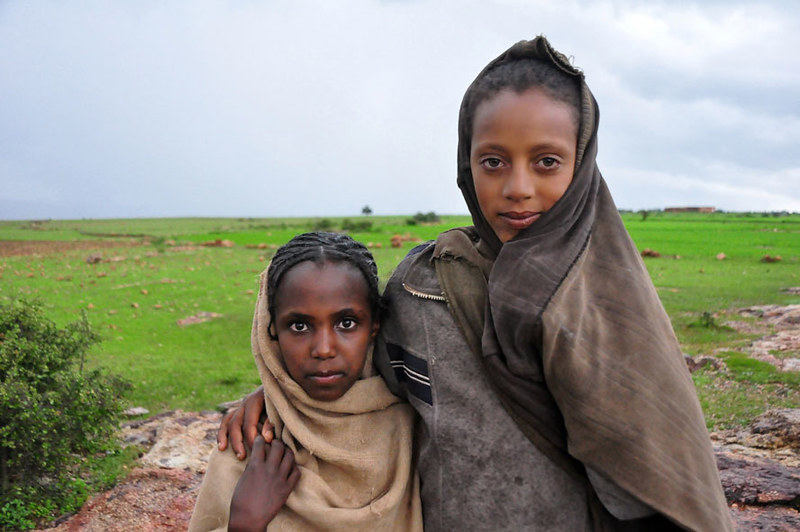 The Federal Democratic Republic of Ethiopia, landlocked in Eastern Africa, is bordered by Somalia, Kenya, South Sudan, Sudan, Eritrea and Djibouti. The country is located in the Horn of Africa, also known as the Somali peninsula, in the easternmost part of Africa. As of 2023, it has a population of approximately 127 million. Ethiopia is the second most populated country in Africa, behind Nigeria. Despite its large population, Ethiopia remains one of the continent’s poorest countries, with a per capita gross national income of $1,020, according to the World Bank. This region is currently experiencing its worst drought on record. According to Save the Children, more than 21 million children are affected. Since 2020, the severe lack of rain has devastated agriculture. The ongoing drought has made it impossible for millions to grow crops or raise livestock, leaving many facing severe hunger.
The Federal Democratic Republic of Ethiopia, landlocked in Eastern Africa, is bordered by Somalia, Kenya, South Sudan, Sudan, Eritrea and Djibouti. The country is located in the Horn of Africa, also known as the Somali peninsula, in the easternmost part of Africa. As of 2023, it has a population of approximately 127 million. Ethiopia is the second most populated country in Africa, behind Nigeria. Despite its large population, Ethiopia remains one of the continent’s poorest countries, with a per capita gross national income of $1,020, according to the World Bank. This region is currently experiencing its worst drought on record. According to Save the Children, more than 21 million children are affected. Since 2020, the severe lack of rain has devastated agriculture. The ongoing drought has made it impossible for millions to grow crops or raise livestock, leaving many facing severe hunger.
Save the Children’s Role and Response
Save the Children, a major nonprofit organization founded in the United Kingdom in 1919, aims to aid children in dire situations worldwide. With programs and members in 113 countries, the organization prioritizes support for children in the most resource-deprived nations.
In 2022, the Save the Children Ethiopia Country Office initiated a Category 1 humanitarian response plan across most of the country. This comprehensive plan encompasses the Northern Ethiopia Complex Response, the Hunger and Drought Response and the Forced Displacement Response. These initiatives aim to protect Ethiopian children, sustain their livelihoods and enhance food security. Save the Children operates in several regions, including Somali, Tigray, Amhara, Afar, Oromia, Gambela and the Southern, Central and Western Ethiopian regions, along with Sidama.
In 2023, Save the Children provided support to 6.8 million people in Ethiopia, including 3.9 million children. While the organization primarily focuses on aiding children, its efforts benefit the entire community.
Educational Initiatives and Health Focus
Save the Children focuses on providing educational resources to children. Approximately 13 million children in Ethiopia are not enrolled in school, nearly half of whom are girls, according to UNICEF. Many children who begin schooling often drop out before reaching secondary education. To counter this, Save the Children leads extensive programs with support from various stakeholders, concentrating on essential early childhood education in areas like math and literacy.
Save the Children also emphasizes children’s health and nutrition. Decades ago, many children died before the age of 5 from preventable causes. Significant progress has been made. Mortality rates have dropped from 123 per 1,000 births in 2005 to 59 per 1,000 in 2019, representing an overall decrease of about 15%. Despite these gains, nutrition remains a critical challenge, as malnutrition contributes to approximately 45% of children’s deaths. To reduce this rate, Save the Children integrates primary health care to ensure children receive necessary interventions, such as immunizations. The organization also spearheaded the Growth through Nutrition initiative from 2016 to 2023, which aimed to enhance nutrition and health care services.
Looking Ahead
Ethiopia’s severe drought has left millions of children facing hunger and hardship. Save the Children’s humanitarian efforts have been crucial in providing relief and support to affected communities. Its focus on education and health initiatives aims to address long-term challenges, such as malnutrition and school dropout rates. Ongoing efforts and support can potentially improve the lives of Ethiopia’s most vulnerable children and ensure a more stable future for the nation.
– Sabrina Betterly
Sabrina is based in Drums, PA, USA and focuses on Good News for The Borgen Project.
Photo: Flickr

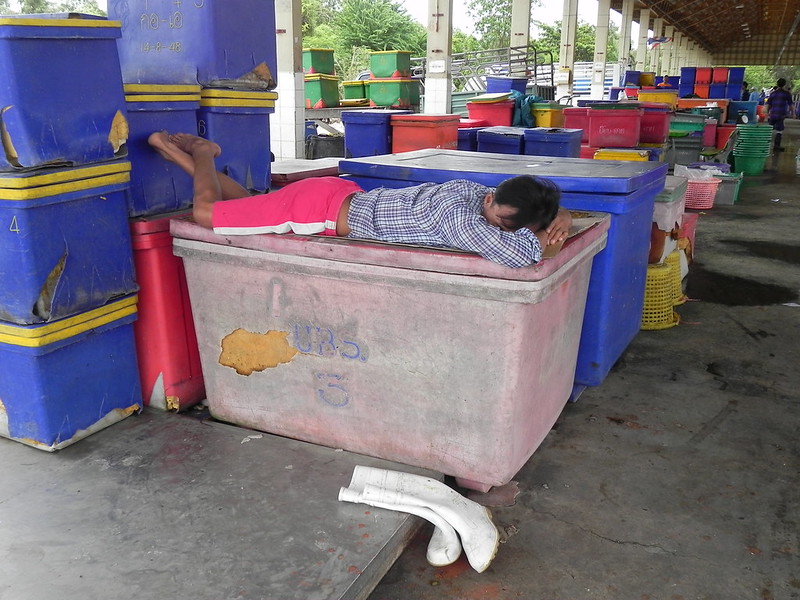
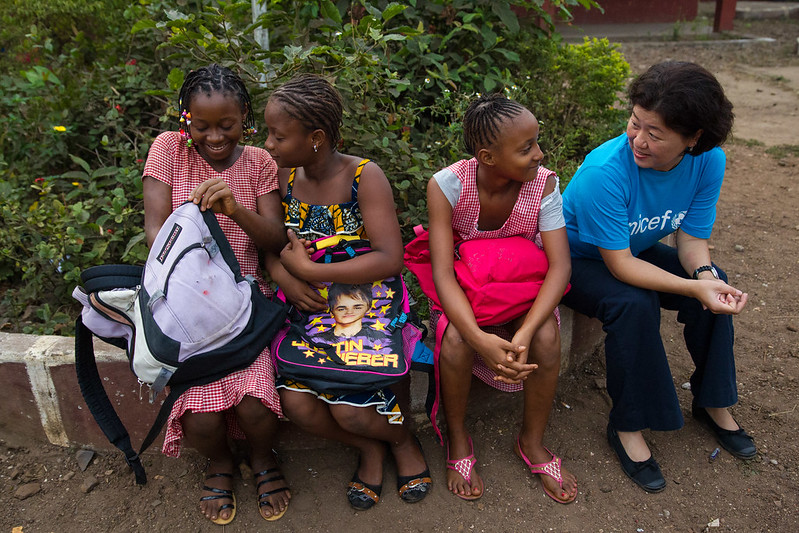 Child marriage occurs in many countries but
Child marriage occurs in many countries but 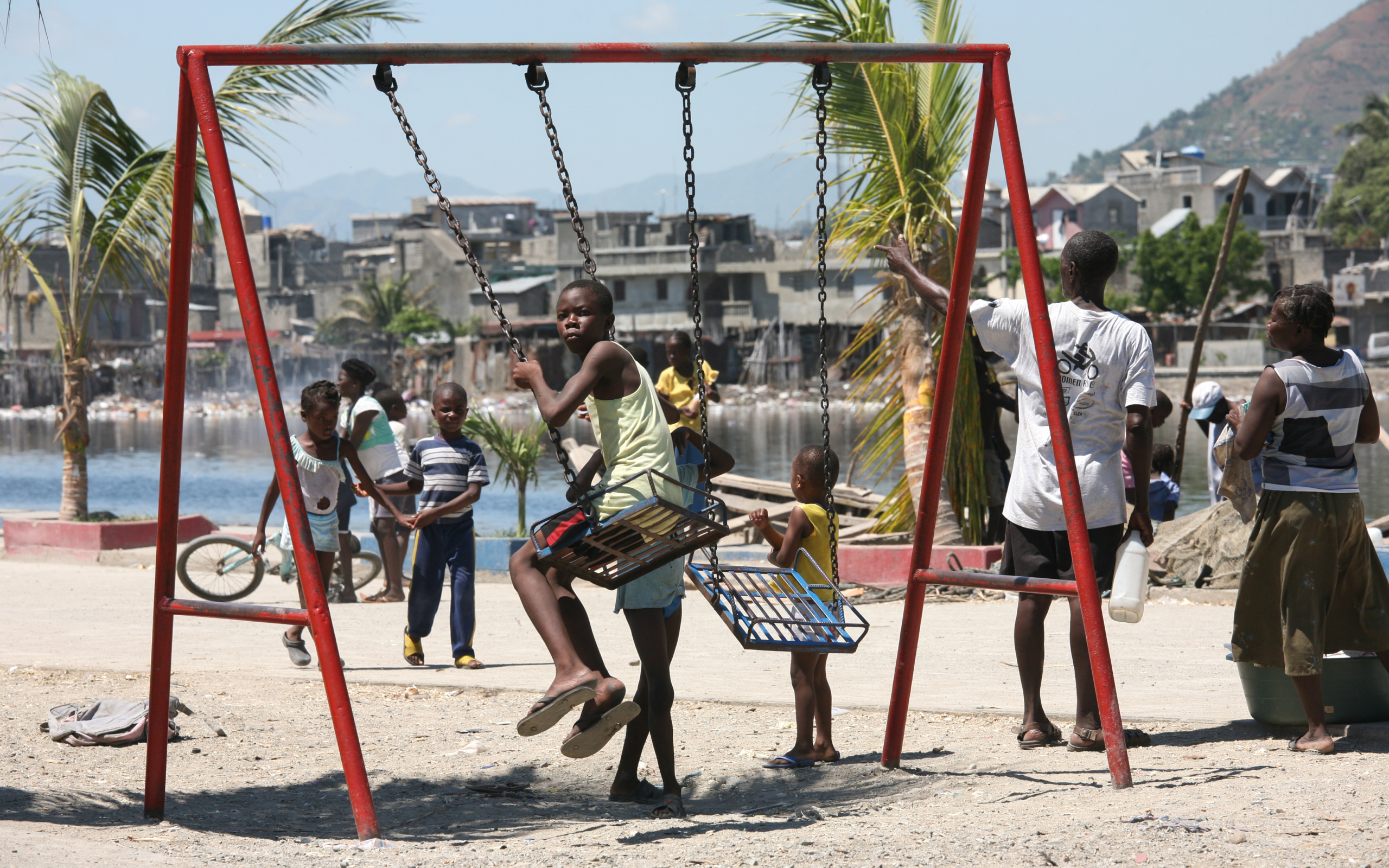

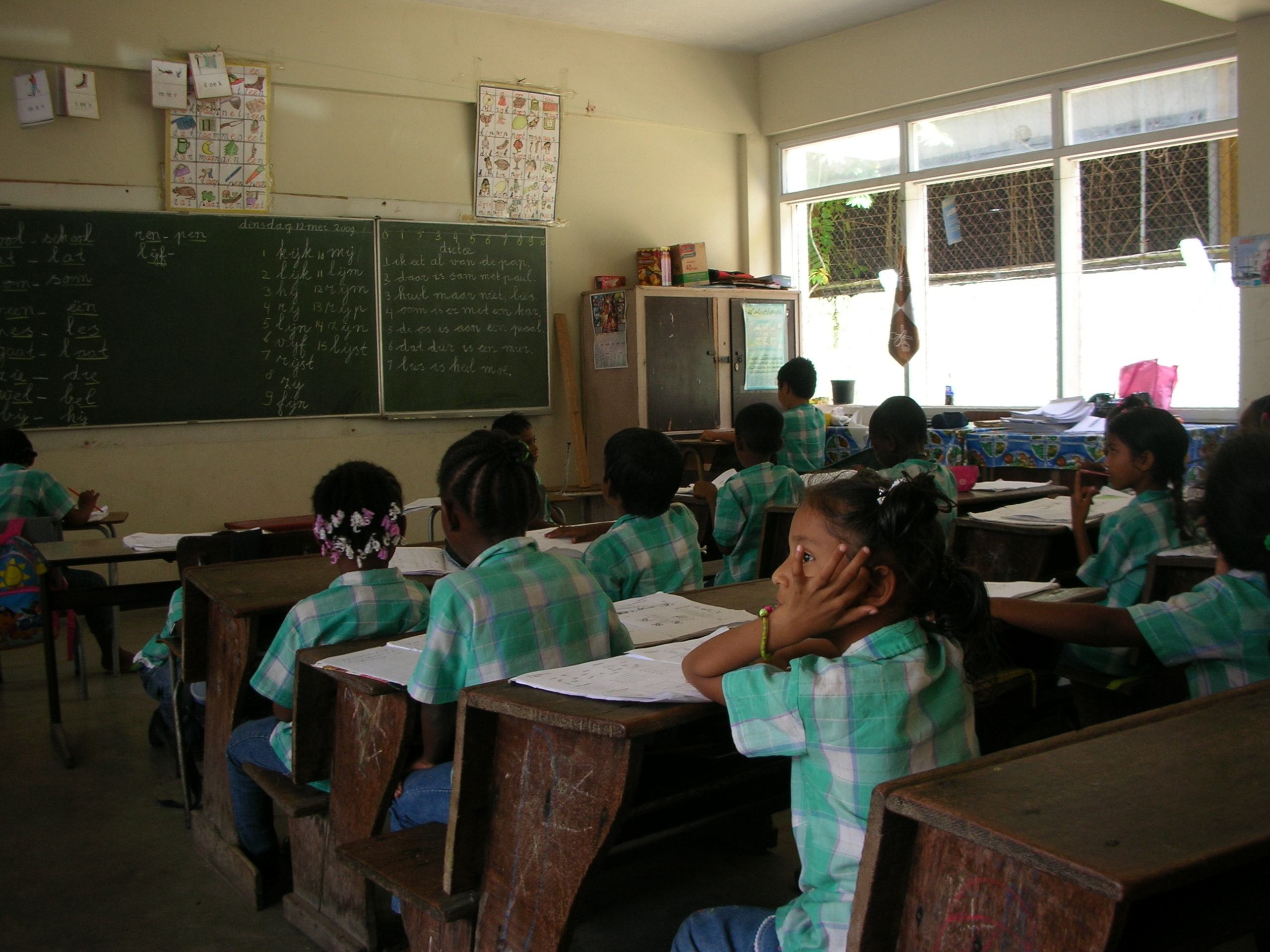
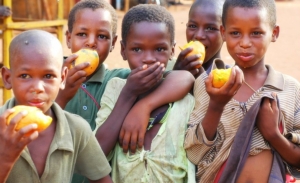 According to UNICEF’s 2024 Child Nutrition Report, “Child Food Poverty: Nutrition Deprivation in Early Childhood,” one in four children,
According to UNICEF’s 2024 Child Nutrition Report, “Child Food Poverty: Nutrition Deprivation in Early Childhood,” one in four children, 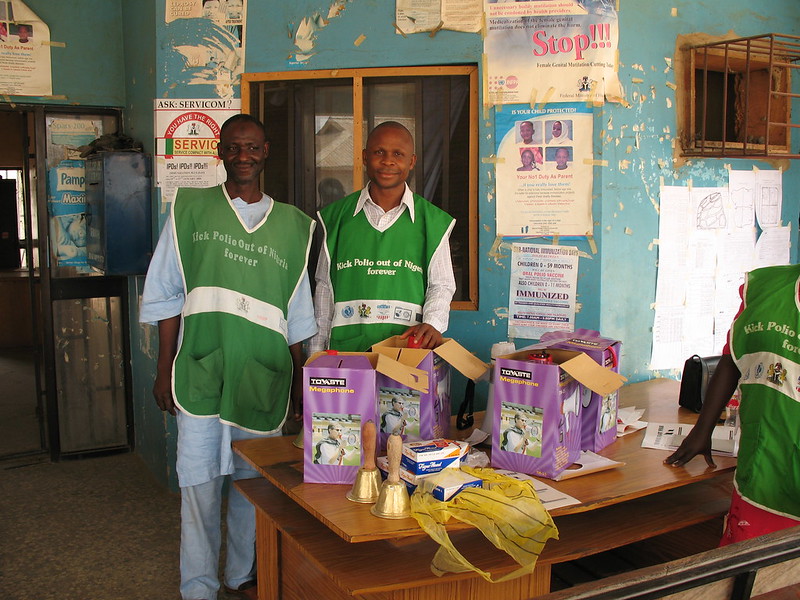 Since launching the
Since launching the 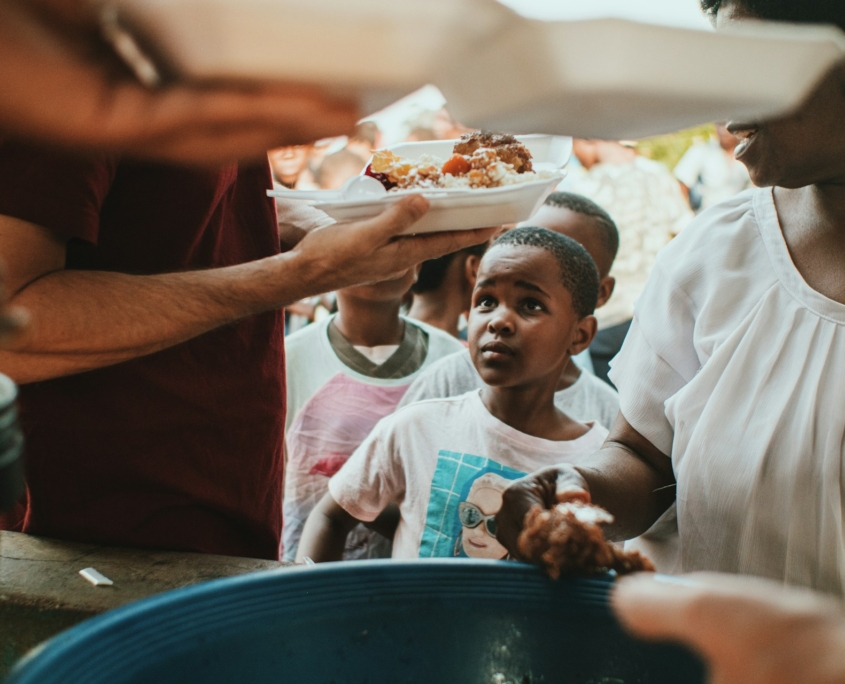 The World Food Programme (WFP) and the Eswatini
The World Food Programme (WFP) and the Eswatini 